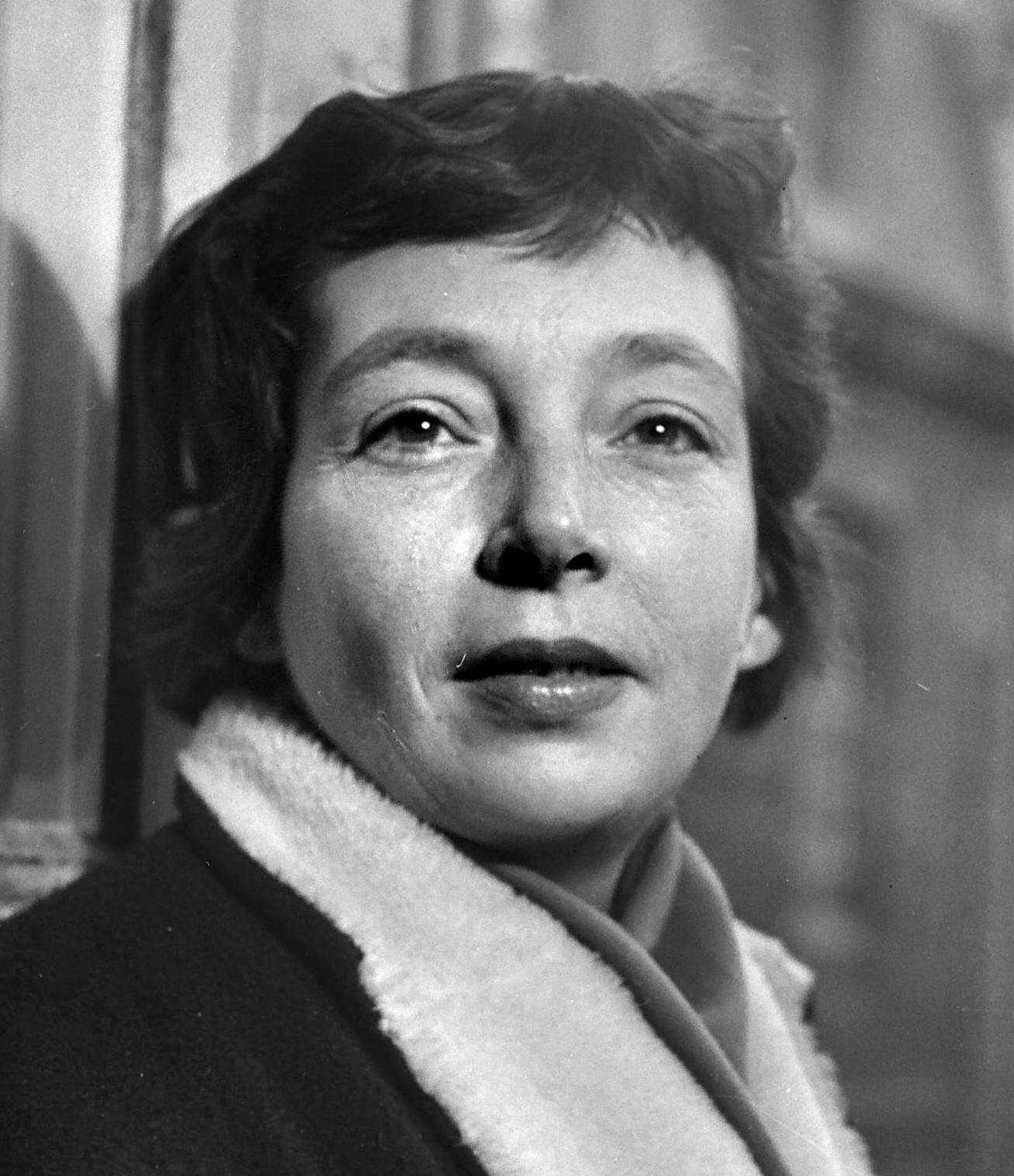

This allows the reader to analyse the young girl in more depth.

This leads me to believe that while not everything in the written text may be factual, the reader may attribute biographical information of Marguerite Duras’s life to the past and future not detailed in the novel. Additionally I will support my points by using the 1992 film adaptation by Jean-Jacques Annaud as a cinematic analysis of the original text.ĭuras, who has made a point of ‘deliberately confusing the borderline between fact and fiction to arouse discussion and disagreement concerning the real-life content of her novels’, has done the same in this novel, labelling The Lover a fictional autobiography. I will support my argument by looking at the socio-economic context of colonial Indochina, conducting a short psychoanalytical study of text and author and through close examination of the book. In this essay I will argue that the young girl’s actions are not driven by sexual desire, but that her actions and relationship with the Chinese are a result of her unsatisfiable desire to support her family by aiming to masculinize herself and to replace the lack of a patriarch in the family.

Paired with scenes of sexual pleasure in both the novel and the 1992 film version by Jean-Jacques Annaud, it is easy to fall into a trap of identifying desire as a need for sexual satisfaction and to focus on this sexual pleasure as the driving force and main theme in the novel. ‘Desire’ is a word that appears repeatedly in Marguerite Duras’s 1984 novel The Lover. Unachievable Masculinity as Driving Force in Marguerite Duras’s The Lover


 0 kommentar(er)
0 kommentar(er)
